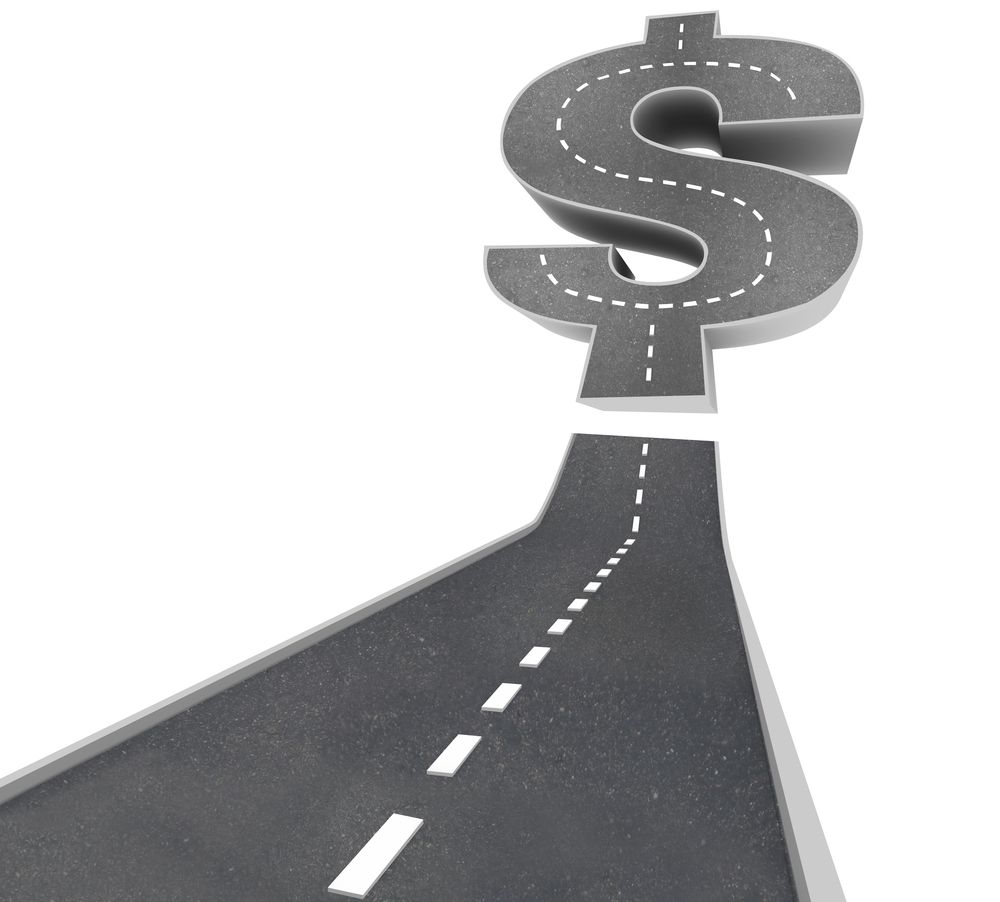
According to New York state estimates, an average of $13.4 billion could be spent on capital infrastructure projects over each of the next five years, but State Comptroller Thomas DiNapoli warns that more comprehensive planning is needed to make it effective.
Such were the findings of the “Strengthening New York’s Infrastructure: Spending Trends and Planning Challenges” report released last week by the Comptroller’s office, which dug into the state’s Fiscal Year 2019-20 Capital Plan — a plan which projects $66.8 billion in spending through through SFY 2023-24, including $25.7 billion for transportation.
“Investment in roads, bridges, water and sewer systems, schools and other infrastructure is essential to New York’s economy and its quality of life,” DiNapoli said. “Effective planning will help ensure that public resources are put to good use and that critical assets are well-maintained. New York needs to develop a better strategy and a clear roadmap for its infrastructure investments.”
The large funding share transportation occupies still represents a 47.5 percent decline over the past 10 years. The Comptroller report shows that planning and financing of capital needs — like the state’s public authorities — are neither fully integrated nor coordinated, the state lacks comprehensive public reporting of assets, conditions or estimated costs. Though each state agency must annually prepare a five-year assessment of its capital asset and maintenance needs, the report dismissed these as insufficient for longer-term items like bridges, roads, and buildings.
Instead, the Comptroller wants a Capital Asset and Infrastructure Council created to oversee the development and implementation of a process for identifying and assessing existing state assets, leading to a 20-year long-term strategic plan that would be updated every two years.